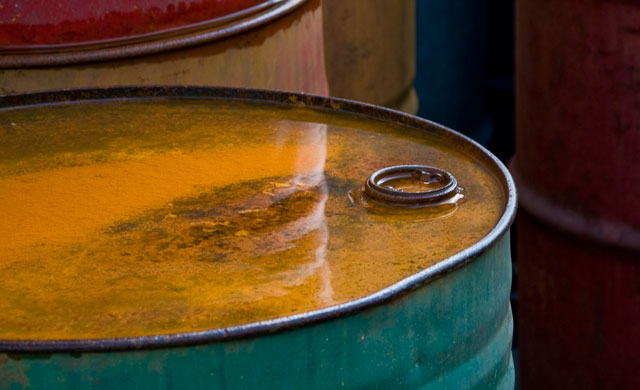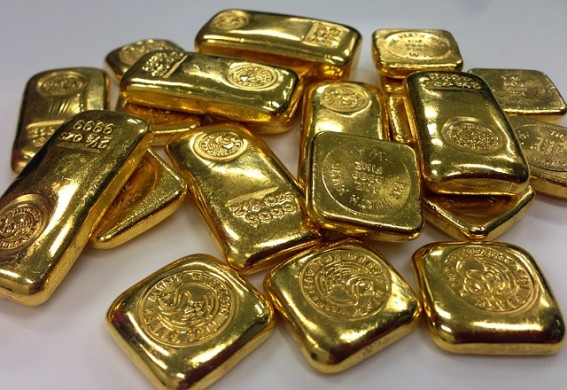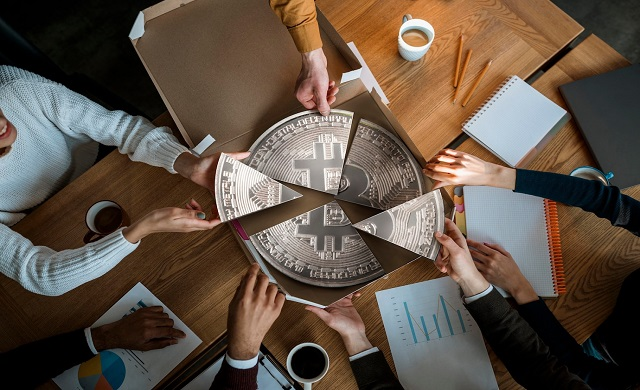On first Rumaila visit, oil minister Adel Abdul-Mehdi’s charts progress and hears plans

South Oil Company, BP, PetroChina and SOMO, which together form Rumaila Operating Organization (ROO), today pledged to ensure Rumaila continues to expand its contribution to Iraq over the next 20 years.
Iraq’s new oil minister Adel Abdul Mehdi today attended an event at the Rumaila oil field to celebrate the fifth anniversary of the signing of the Rumaila Technical Service Contract.
Salah Mohammed of SOC and Rumaila General Manager said: “We welcome His Excellency Adel Abdul Mehdi to Rumaila to celebrate a highly successful five years of partnership with BP and PetroChina. We believe this is an historic moment in this giant field’s history. For all those involved it is clear that the Technical Service Contract developed by the Ministry of Oil and SOC has had a huge impact on the Iraqi oil industry over the last five years.
“A 50 percent increase in production by 2020 is a major undertaking but thanks to the technical expertise and support of BP and PetroChina, we are ready for the challenge ahead.”
Under a recently revised technical service contract signed by SOC, BP, PetroChina and SOMO, Rumaila’s plateau production target is to reach 2.1 million b/d by the end of the decade. This represents more than 50 per cent increase from current production or by some 800,000 b/d and will account for nearly three per cent of global oil production, according to BP’s Energy Outlook 2035.
Rumaila’s Deputy General Manager Marc Hornbrook said: “The achievements of the last five years demonstrate how BP and its partners are working together to rehabilitate and modernize this super giant field. I am so proud of the 6,500, mainly Iraqi, staff working here who continue to oversee major changes through a substantial level of investment and technology application which are resulting in continually increasing production.
“This will continue for the next two decades as we work to transform this field into a truly world-class oilfield through a combination of technology transfer and investment in training, staff development and new equipment.”
Wang Guihai, Rumaila’s Deputy General Manager, said: “Those loyal workers needed support to make the most of resources available; they needed investment in new technologies and access to new thinking. It must have taken a huge effort for them to adjust to all the changes but they have always made us feel welcome.”
Nearly $3 billion awarded to Iraqi contractors
Rumaila’s importance to the Iraqi economy will continue to grow as production increases. As well as providing about $1 trillion to Iraq in government revenues over the 25 years of the contract, Rumaila also boosts the local economy, especially in Basra.
Since 2009, over 2000 contracts worth nearly $3 billion have been awarded to Iraqi companies. The majority of these companies are based in Basra, and employ an estimated 22,000 local Iraqis who have played a significant role in the redevelopment of Rumaila. Over this time, Rumaila’s production has increased by more than 300,000 b/d to around 1.3 million b/d today.
Rumaila’s transformation brings considerable benefits to the Basra economy today. It also helps build Basra into a major oil-field services hub for Iraq, and for the wider Middle East into the future.
Chairman of Basra Provincial Council, Sabah Al-Bazuni said: “We are proud of everything related to Basra: our Basrawi citizens, our abilities, our goodness, our large resources and strategic location. Rumaila is absolutely part of Basra and Iraq’s resources, so we are very proud of it.”
Transferring best-in-class technology and expertise
During his visit His Excellency Abdul-Mehdi saw demonstrations of a wide number of best-in-class technology applications being used on the Rumaila field to boost recovery and increase production. Two primary examples are the 3D seismic survey that was completed in 2012 and the real time data monitoring of wells being drilled to optimize well locations.
Other major achievements include drilling more than 165 new wells and completing more than 300 work overs. And late last year the first horizontal well was piloted in Rumaila. In addition nearly 200 electrical submersible pumps (ESPs) have been repaired or installed from new.
In September 2014 Rumaila achieved the significant milestone of producing 2 billion barrels of oil. Of the estimated 70 billion barrels of oil initially in place, approximately 14 billion barrels have already been recovered. Assuming a conservative recovery factor of 40 per cent, the partnership estimates that there are approximately 20 billion barrels still available for recovery.
Protecting the base
Rumaila plans to continue building on the solid foundations of the first five years. Installing digital oilfield technology such as real time monitoring of all production and injection wells is a priority. In 2014, 240 production wells were retrofitted with sensors and wireless communication technology to allow the wells to be monitored from the Rumaila headquarters. All production wells, which are spread over an area of some 1,600 square kilometres, will be monitored by the end of 2015. These are vital in Rumaila’s modernization as they provide vital real time data to help maximize production from the field.
Drilling new wells and working over existing wells is key to the development of this super giant field. As with any oilfield increasing production means first replacing natural decline. The underlying decline rate at Rumaila is about 17 per cent a year. Once that is replaced then any addition increases the fields overall production.
In 2015 there are plans for around 25 rigs to drill about 41 new wells and complete 83 workovers. Water injection capacity is set to almost double to more than 900,000 b/d to raise reservoir pressure which is vital to keeping Rumaila’s oil flowing. Brownfield projects will continue to develop new infrastructure and enhance the existing facilities to support the production growth. A new 235 MW power plant construction will commence; this will provide early power for the redevelopment of the field. Capital investment in Rumaila is expected to total around $1.7bn in 2015.
Longer term, SOC, BP, PetroChina, and SOMO continue to discuss with the government future plans to redevelop the field following the amendments to the technical service contract agreed in September. This will include drilling hundreds more wells and installing new ESPs, building a new 1.25 GW power plant, building new Integrated Processing Complexes and expanding water re-injection capacity.
Developing Iraqi staff
The minister was also shown the benefits of mentoring and training the breadth of skills and capability of the 6,500 mainly Iraqi staff, mostly from the Basra area. Over 1.5 million hours of training across a range of skills has been completed to date with some sessions conducted overseas, including the UK, China and neighbouring Middle East countries.
In the five years since the contract was signed safety has improved enormously. And safety training extends beyond facilities: for example 8,517 staff and contractors have attended safety driving training which benefits them at work and outside the field.


 Hot Features
Hot Features












